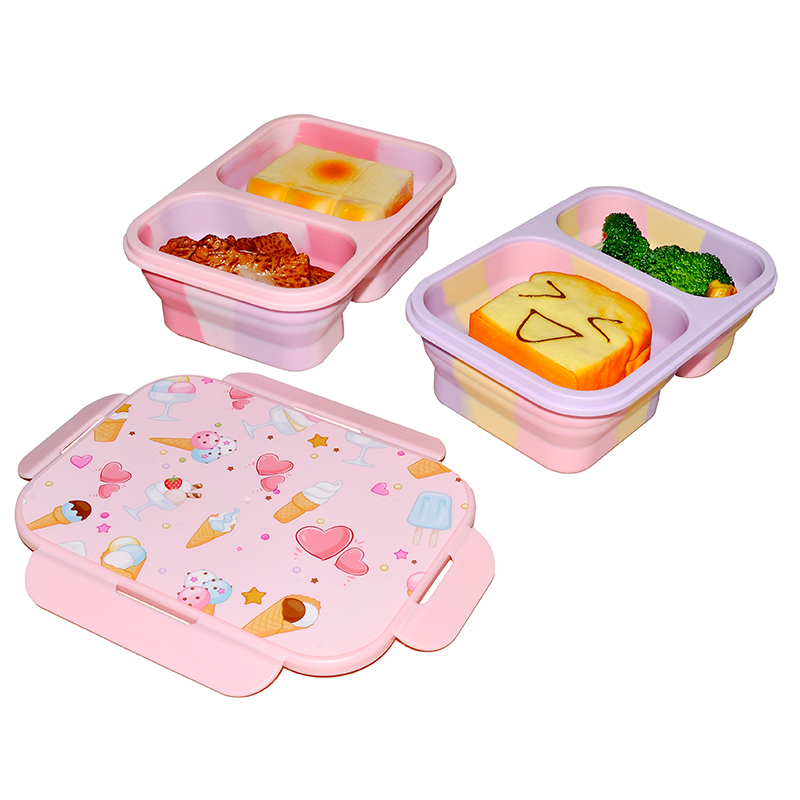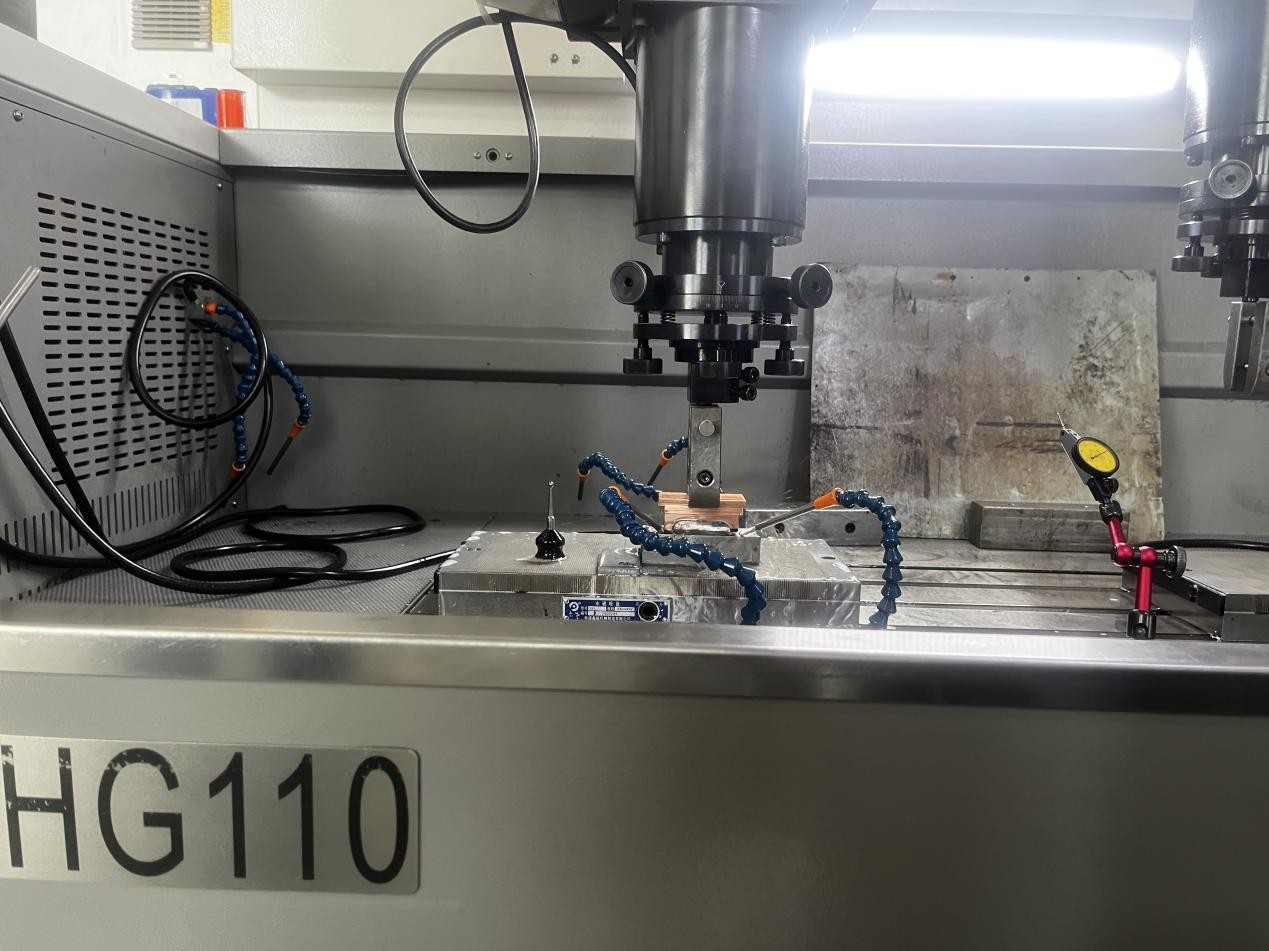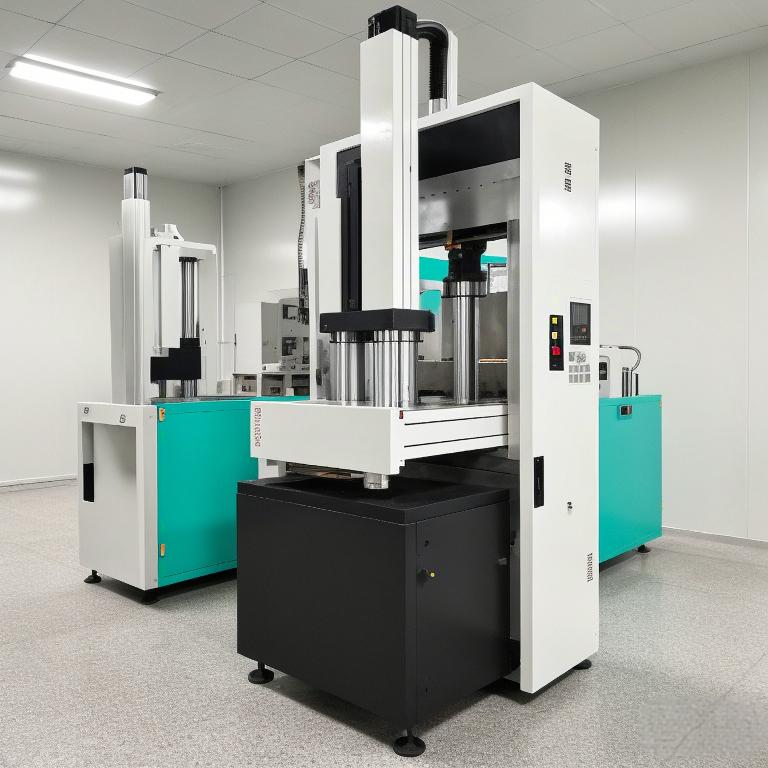内容
子どもの世界では、鮮やかな色やさまざまな形が、いつも子どもたちの注目を集め、愛情をそそります。私たちのカスタマイズ可能なお弁当箱シリーズは、実用性と楽しさの両方を念頭に置いてデザインされています。どのお弁当箱も、お子様の健康を考え、安全で無害なシリコンを使用しています。さらに、鮮やかな漫画からユニークな形まで、食事の時間を目の保養にしていただけるよう、さまざまなカスタマイズオプションをご用意しています。
環境に優しいシリコーン:カスタマイズ可能なお弁当箱
現代社会では、環境に対する意識が高まっています。当社のシリコーン弁当箱は耐久性があるだけでなく、再利用が可能なので、1回の使用で出るプラスチックごみを効果的に減らすことができます。シリコンはお手入れが簡単で、食べかすを寄せ付けないため、親御さんはお弁当箱の清潔さと衛生状態を簡単に維持でき、お弁当箱の寿命を延ばすことができます。
ランチボックスの様々な利用シーン
- 家庭用:
食べ残しの保存シリコーンのランチボックスは冷蔵庫で食品を安全に保存でき、漏れ防止設計で食品がこぼれません。電子レンジ加熱:ユーザーは他の容器にそれを移さないで食糧を熱するために電子レンジにシリコーンのお弁当箱を直接入れることができます。 - 仕事か給食:
ランチの持ち運びシリコン製ランチボックスは軽量で壊れにくいので、オフィスや学校への毎日のお弁当に最適です。食べ物を分けるマルチコンパートメントのデザインは、異なる食品を分けて入れることができ、食品の新鮮さと風味を保つことができます。 JEWELIVES キッズランチボックス シリーズは、子供たちが学校にお弁当を運ぶためにデザインされました。漫画のようなデザインで、軽量。 - 野外活動:
ピクニックやキャンプに:シリコーンランチボックスの携帯性と耐久性は、野外活動のための理想的な選択肢を作り、折り畳み式のデザインはスペースを節約します。ハイキング:軽量でお手入れが簡単なので、長旅での持ち運びに適しています。
カスタマイズ可能な弁当箱を使ったマーケティング
カスタマイズ可能な弁当箱は、さまざまなカスタマイズオプションを提供するだけでなく、企業がブランドの個性を表現するためのプラットフォームを提供します。ブランドロゴ、特定のテーマ、人気のアニメ画像などを製品デザインに取り入れることで、企業はブランドの認知度を高め、より多くのターゲット顧客を引き付けるユニークな製品ラインを作ることができる。例えば、クライアントと共同で開発・デザインしたこのドット柄のシリコン弁当箱は、子供たちの興味を引くだけでなく、商品のプロモーションにも役立ち、市場を迅速に開拓して売上を伸ばすことができる。

カスタマイズ可能な弁当箱の需要動向
健康、環境保護、個性的な商品に対する世界の消費者の要求が高まり続ける中、弁当箱は子供向けケータリングの人気商品となりつつある。欧米では、高品質で多機能、環境に優しい製品を選ぶ親が増えています。当社のシリコーン弁当箱はこれらのニーズを満たし、卸売業者、チャネルプレーヤー、ブランド顧客に大きなビジネスチャンスを提供しています。継続的な製品イノベーション、環境コミュニケーションの強化、ブランドパートナーシップの深化を通じて、私たちは共に市場トレンドを活用し、グローバルに展開し、子どもたちの成長により健康で幸せな体験を提供することができます。
結論として、カスタマイズ可能な弁当箱は、子供向けケータリング製品における革命であるだけでなく、ブランド価値と市場機会の完璧な組み合わせでもあります。私たちは、この革新的な旅に皆様をご招待し、無限の可能性を一緒に探求し、子どもたちのためにより良く健康的な未来を創造します。




